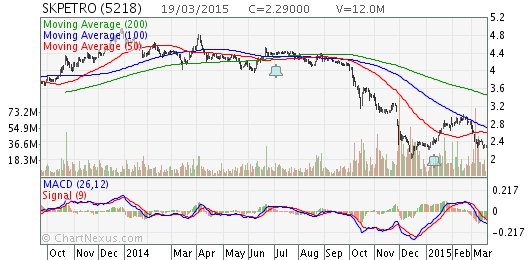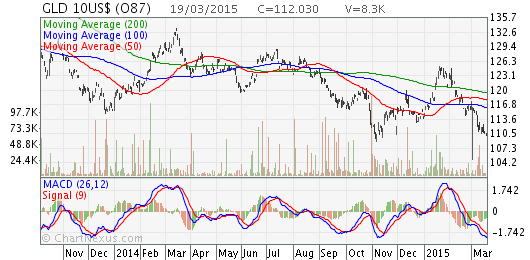Profitability and efficiency analysis of Poh Kong Jewellers
Post on: 22 Июнь, 2015 No Comment

This Assignment Is Published With Permission From The Author For Online Review Only
All Rights Reserved @ ChinaAbout.Net
1. Introduction of Poh Kong Jewellers 2
2. Comprehensive profitability and efficiency 3
2.1 ROCE (Return On Capital Employed) 3
3. Profitability 4
3.1 NPM (Net Profit Margin) 4
3.2 CR (Cost Ratio) 4
3.3 OER (Operating Expense Ratio) 5
4. Efficiency 5
4.1 AT (Asset Turnover) 5
4.2 ITR (Inventory Turnover Ratio) 6
4.3 SHP (Stock Holding Period) 6
4.4 (RT) Receivable Turnover 7
4.5 DSO (Days Sales Outstanding) 7
4.6 PT(Payable Turnover) 8
4.7 DPO (Days Payable Outstanding) 8
5. Short term liquidity 8
5.1 CR(Current Ratio) 8
6. Long term solvency 9
6.1 GR (Gearing Ratio) 9
6.2 IC (Interest Cover) 9
7. EPS(Earning Per Share) 10
Appendix 1 Consolidated balance sheet 14
Appendix 1 Consolidated balance sheet (Continued) 15
Appendix 2 Consolidated income statement 16

1. Introduction of Poh Kong Jewellers
Poh Kong Jewellers established in 1976. This company is specialized in selling and manufacture jewellery. It started trading from an area of 55 square feet with total stock worth RM200, 000. The first branch started in 1982 in SS2, with occupying a floor space area of 1,500 square feet with 20 staff force. In 1990 Poh Kong started to grow bigger and bigger nationwide with 70 branches around the country. It is the largest retailer chain group in Malaysia. It offers different choices of gold ornaments, especially fine jewelleries. Its products are divided into two main categories, viz gold and gemset jewelleries. The Group also represents exclusive designer jewellery brands, such as Brumani, Luca Carati, SunDay, Rodney Rayner, Lapplesite Collection, Alessandro Fanfani and Angel Diamond of Belgium. Let’s check the financial highlights of the company.
Figure 1.0 Total revenue and profit before tax from 2005 to 2009
(source: Poh Kong Jewellers Financial Report 2009)
As illustrated in the figure above, for the last five consecutive financial years the revenue of Poh Kong Jewellers keeps raising in a steady way. Though in 2009 there is a little drop in the before tax profit from RM 39,956,000 to RM 38,558,000, but by taking into the consideration of the weakening demand in the jewelry industry due to the bad macroeconomic environment, the relatively stable performance of high revenue and profit should be considered as a sign of good financial performance as the company is expanding the business in a moderate pace with more prudent approach in major capital expenditure (Chairman Statement). What’s more the company 6.93 sen per share has been paid for the 2009 financial years compared with 6.99 sen per share in 2008. Below examination would be done to check the health of the financial performance more comprehensively using the financial ratio analysis.
2. Comprehensive profitability and efficiency
2.1 ROCE (Return On Capital Employed)
Return On Capital Employed= EBIT/ Capital Employed *100%
= (EBIT/(Total Asset – Current Liabilities))*100%
ROCE 2009= (38558535/(490109272- 139963192))*100%= 11.01%
ROCE 2008= (39955540/(501319591- 139730009))*100%= 11.05%
Return on Capital Employed or return on invested capital, is the predominant method to examine a companys past performances (Grant 2005,p52). By comparing the profit before tax and interests with capital employed, investors could see the overall profitability and efficiency of the company to turn investments into profits. The ROCE in 2009 is 11.01% with a slight drop from that of 2008 indicating that investment would be experiencing a less return but in a long term’s perspective, such little could be ignored.
Net profit margin, or profit margin is calculated by dividing net income by sales (Brigham & Houston 2009,p95), rather than judge the company’s financial performance by the total revenue the NPM ratio remove the expense to check with the company’s ability to generate profit in term of net profit. The decreases in this ratio from 7.84%(2009) to 7.12%(2008) complied with the fact that the revenue in 2009 was even more than that of 2008 indicates that the company was not doing a good job in controlling the cost. As the income statement shows, the company had increased amounts in the cost of sales, selling and distribution expenses and administration expenses and these expenses had offset the profit and caused a drop in NPM in 2009.














